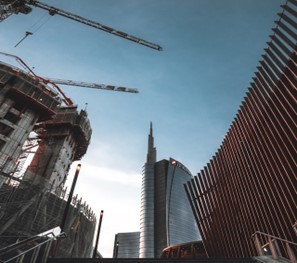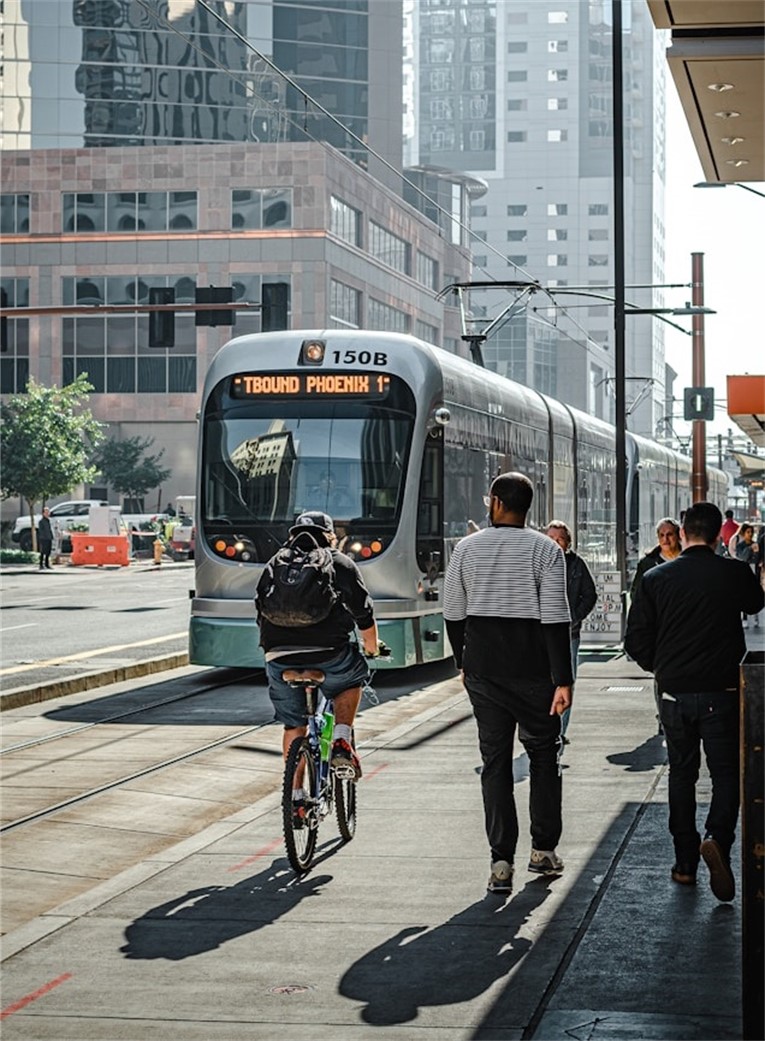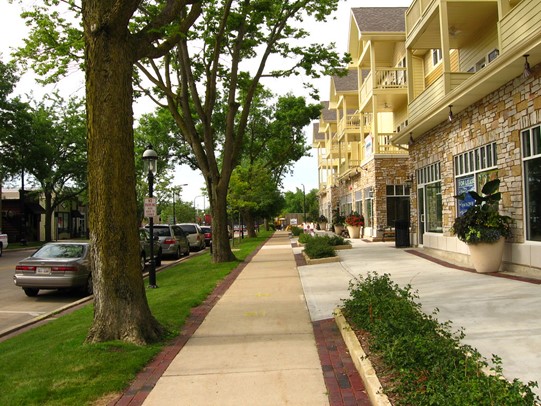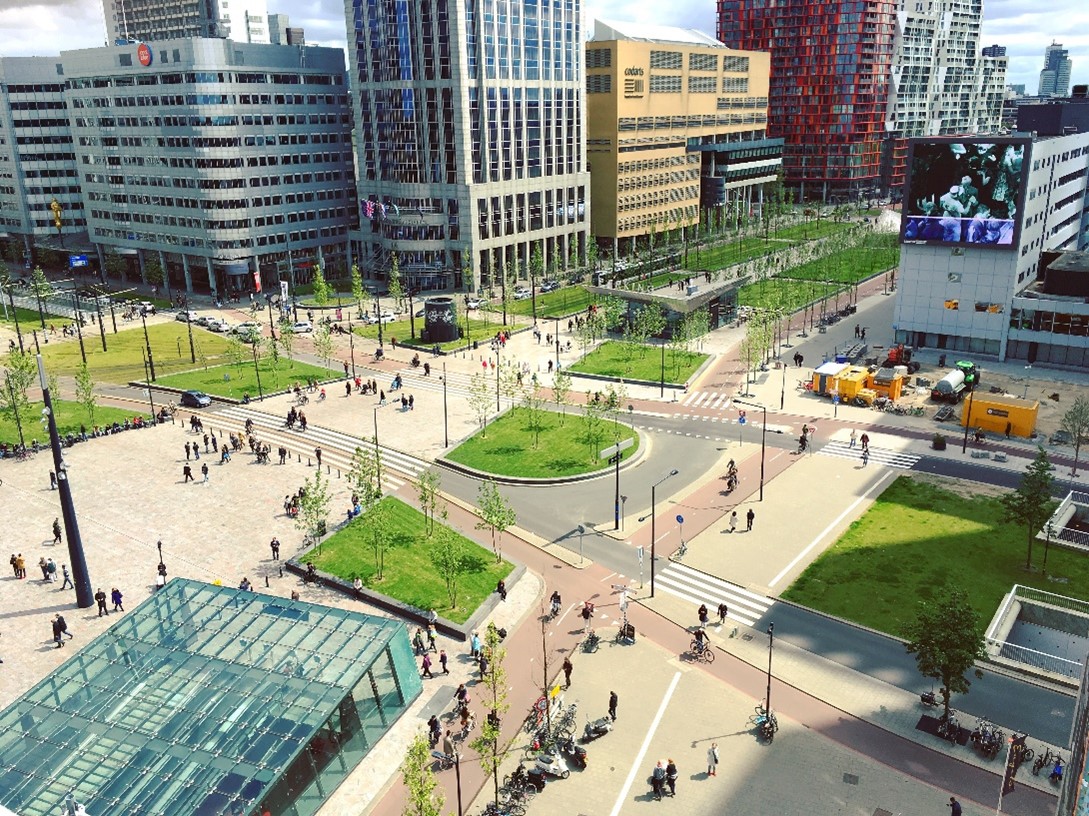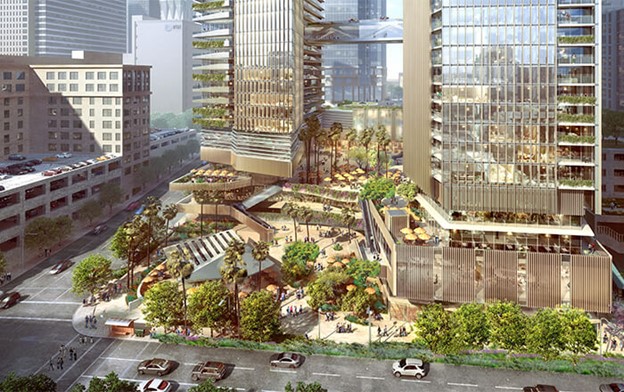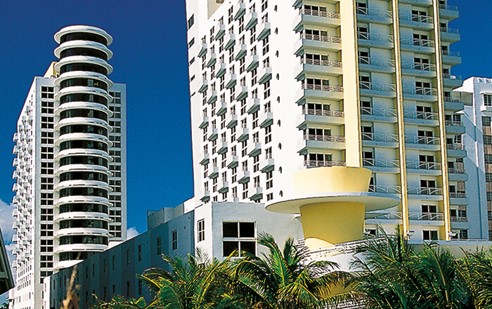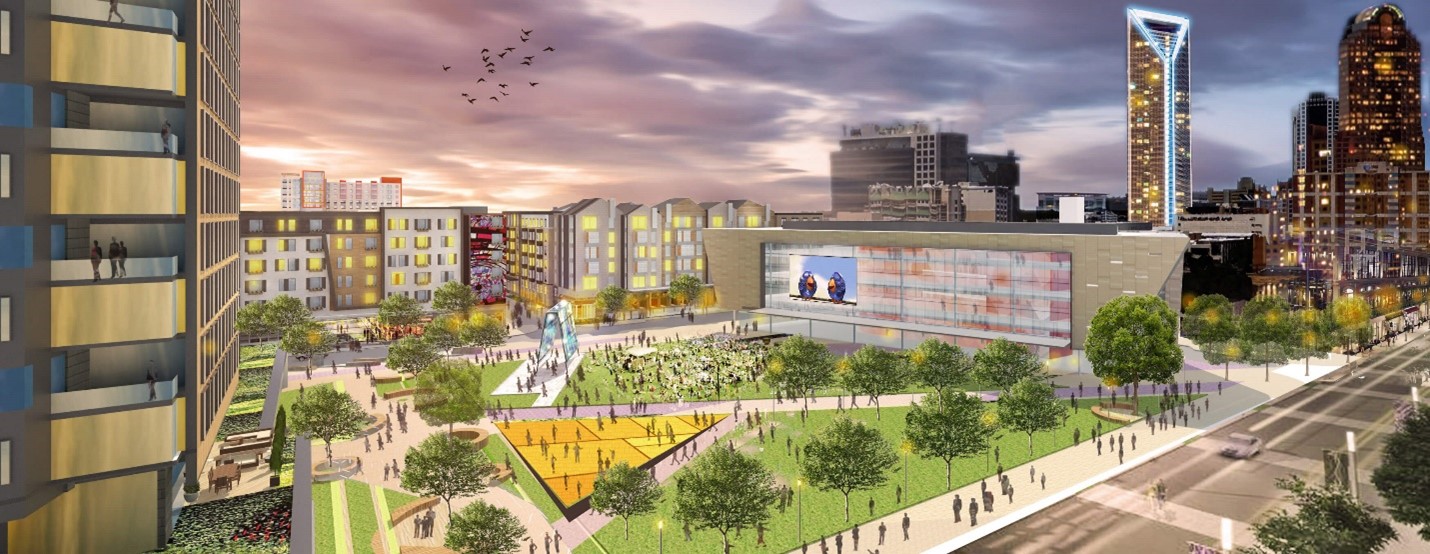While the luxury housing market continues to thrive, the lack of financial incentives for affordable and workforce housing has led to a significant gap in supply.
THE PEEBLES CORPORATION®
NEW YORK
BOSTON
WASHINGTON, DC
CHARLOTTE
ATLANTA
MIAMI BEACH
SAN FRANCISCO




